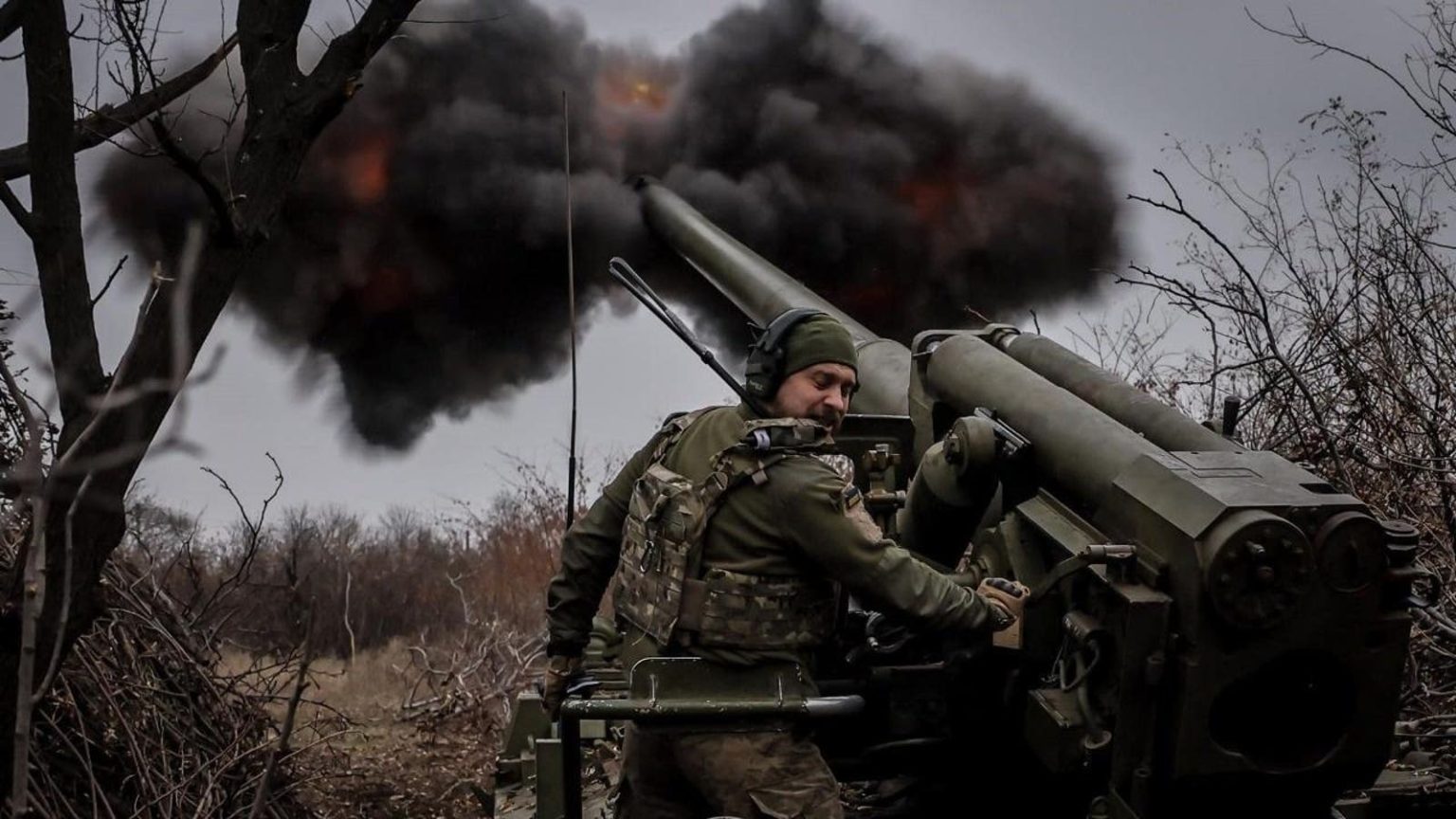As Russian forces press their attacks all along the 800-mile front line of Russia’s 33-month wider war on Ukraine, a new recruit in the Russian armed forces has a one-month life expectancy after signing his contract, according to Estonian analyst Artur Rehi.
The brutally short life expectancy of new Russian soldiers should come as no surprise. Determined to capture as much of Ukraine as possible as fast as possible, the Kremlin is hurling unprepared troops against Ukrainian defenses in badly led assaults lacking key support.
September was the bloodiest month yet for the Russians in their wider war; October wasn’t much kinder. Daily tallies of killed and wounded Russians have frequently exceeded 1,500 in recent months. In all, Russia has lost between 600,000 and 730,000 troops who have been killed or wounded in Ukraine, according to U.S. government sources and the official Ukrainian count.
Incredibly, the deepening losses haven’t slowed Russian advances in at least two critical sectors of the front line in eastern Ukraine’s Donetsk Oblast. A Russian offensive that kicked off in late 2023 rolled over the fortress city of Avdiivka in February and, through the summer and fall, drove outnumbered and outgunned Ukrainian forces to their fallback fortress in Pokrovsk, 25 miles to the west.
Meanwhile, Russian assault groups have, since September, performed a series of costly yet effective flanking maneuvers that forced back the exhausted Ukrainian garrison in the town of Vuhledar and have now destabilized the whole front line in southern Donetsk.
More recently, a powerful Russian force with several airborne and marine brigades and regiments as well as North Korean reinforcements—some 50,000 or 60,000 troops in total—has begun squeezing the 250-square-mile salient that 20,000 Ukrainian troops carved out of western Russia’s Kursk Oblast back in August.
That Russia can maintain its forward momentum on the battlefield despite catastrophic losses is one of the great paradoxes of the wider war. But there are reasons to believe the paradox is unsustainable. There’s evidence Russia is finally running out of people.
Consider the state of the Russian economy. Wartime spending now accounts for more than 6% of gross domestic product—twice what the United States spends as a percentage of its own GDP, and three times the percentage NATO recommends its member states spend.
All that government money pumping into military enterprises has driven annual inflation in Russia to an out-of-control 8%. The Bank of Russia has raised its key interest rate to 21%. Industry investment has plummeted.
Sanctions-burdened factories can’t find workers. “The special operation [in Ukraine] is diverting people, and this problem cannot be solved quickly,” said Alexander Shokhin, head of the Russian Union of Industrialists and Entrepreneurs.
It’s not for no reason that the ruble is dropping—and fast. Since August, the Russian currency has lost a third of its value compared to the U.S. dollar. The slippage compelled the Bank of Russia to freeze domestic purchases of foreign currency on Wednesday.
In late 2023, the Estonian defense ministry crunched the numbers and concluded that Ukraine would ensure Russia’s defeat in 2025 by killing or maiming 100,000 Russian troops in 2024. In fact, the Ukrainians may have killed or maimed around 300,000 Russians so far this year.
To set conditions for a kind of victory, Ukraine should prolong the great Russian die-off.
Given Ukraine’s struggles with recruitment and its own heavy losses—up to 100,000 dead and perhaps 400,000 wounded, according to The Economist—that might mean continuing doing what the Ukrainians have been doing since late 2023: trading territory for the opportunity to inflict massive casualties on the advancing Russians.
If there’s a wrinkle in this strategy, it’s U.S. President-elect Donald Trump, who takes office in January.
Advised by a cabinet that’s set to include inexperienced dilettantes and pro-authoritarian conspiracy theorists, Trump could ease sanctions on Russia, cut off U.S. aid to Ukraine and lean on the Ukrainians to beg for an unfavorable peace at precisely the moment Russia is bleeding, broke—and weak.
Read the full article here





